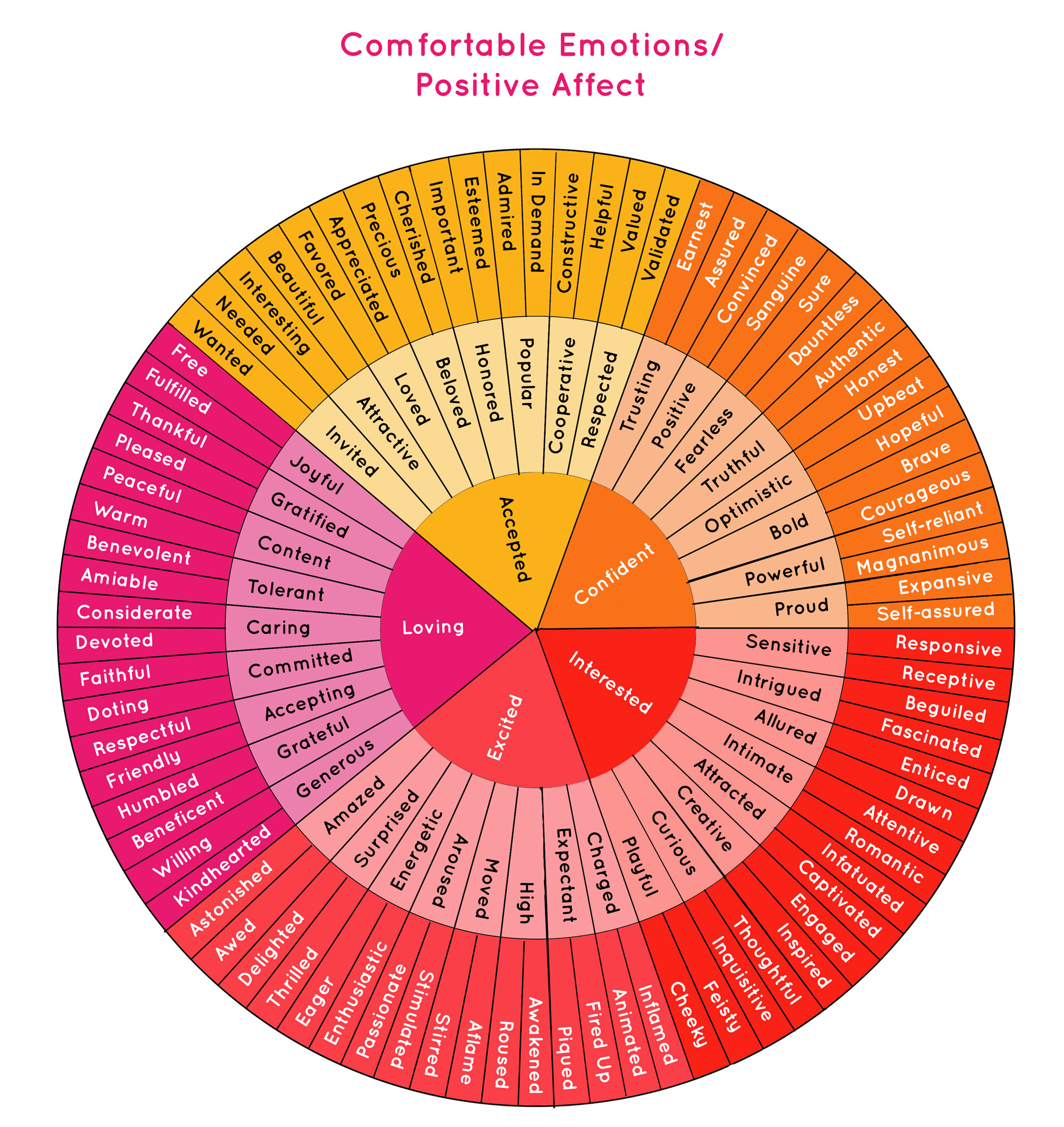Emotion Vocabulary
Become Literate in the Language of Emotions
Hello Reader,
Wonderful to have you here! Let me share a simple tool to improve our Emotional Intelligence (EI) - Vocabulary.
Firstly, understand that Emotional Intelligence is a language in its own right. A language we are learning. Our goal is to become more and more fluent in order to understand the nuances and the hidden meanings. As with any language we learn; French, Mandarin, Swahili, Hebrew, we need to have a strong vocabulary to communicate. Considering EI, we need the vocabulary to understand what we are feeling and to be able to express those emotions to others. We need to know how to name our emotions.
How can we improve our emotional vocabulary?
I am confident you already have exercises in your toolkit, nonetheless, let me tell you what I did when I first began to improve my Emotional Intelligence. At the time, I only knew a handful of emotions; happy, sad, angry, enthusiastic, and surprised (maybe one or two more … not many!!) but I applied myself to increasing my vocabulary.
Step 1: Study the Emotion Wheels (2 - 5 Min)
Step 2: Cover the Emotion Wheels & Write in as many Emotions as you can into this blank wheel (2 - 5 Min)
Step 3: Repeat Every Day Until Satisfied
(I Recommend a 30 Day Challenge)
According to Dr. Brene Brown, a researcher professor at the University of Texas who has spent the last two decades exploring courage, vulnerability, shame, and empathy, 30 to 40 emotions is what we are aiming to have in our vocabulary in order to be emotionally literate (Daring Greatly, p 147).
Voila - a simple and foundational exercise to improve Emotional Intelligence!
Continue learning by exploring a wealth of amazing and obscure emotions.
Happy Doing!
Helping Young Professionals & Postgraduate Students Improve



